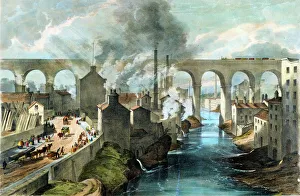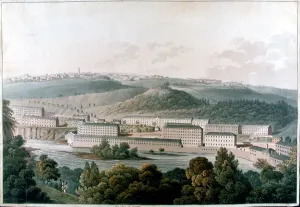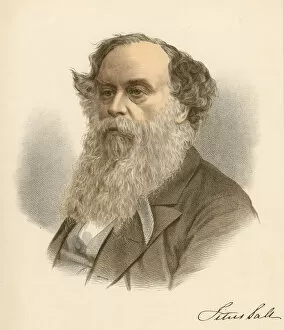Industrial Town Collection
From the bustling train crossing Stockport viaduct to the historic New Lanark Mills in Scotland, industrial towns have shaped our world
All Professionally Made to Order for Quick Shipping
From the bustling train crossing Stockport viaduct to the historic New Lanark Mills in Scotland, industrial towns have shaped our world. The view of Preston from Penwortham Hill captures the essence of a thriving community in the 19th century, while The Preston By-Election painting takes us back to a politically charged era. Harlem Rivers by Preston Dickinson showcases the urban landscape's evolution in 1928, while Edgar & Winifred Ward's Steelworks and The Black Country paintings depict the raw power of industry during that time. Coal and iron production were vital components of these towns' economies, as depicted by Ward's masterful brushstrokes. These mining centers were not just places of labor but also hubs for innovation and progress. Titus Salt, an influential woolstapler and industrialist, left an indelible mark on British history with his visionary approach to manufacturing. Birmingham viewed from the south reveals a city defined by its smoking chimneys—a testament to its industrial might in the mid-19th century. As we reflect on these images capturing different aspects of industrial towns throughout history, we are reminded of their significance in shaping societies and propelling humanity forward.













